Swiss startup flies a kite to produce wind power
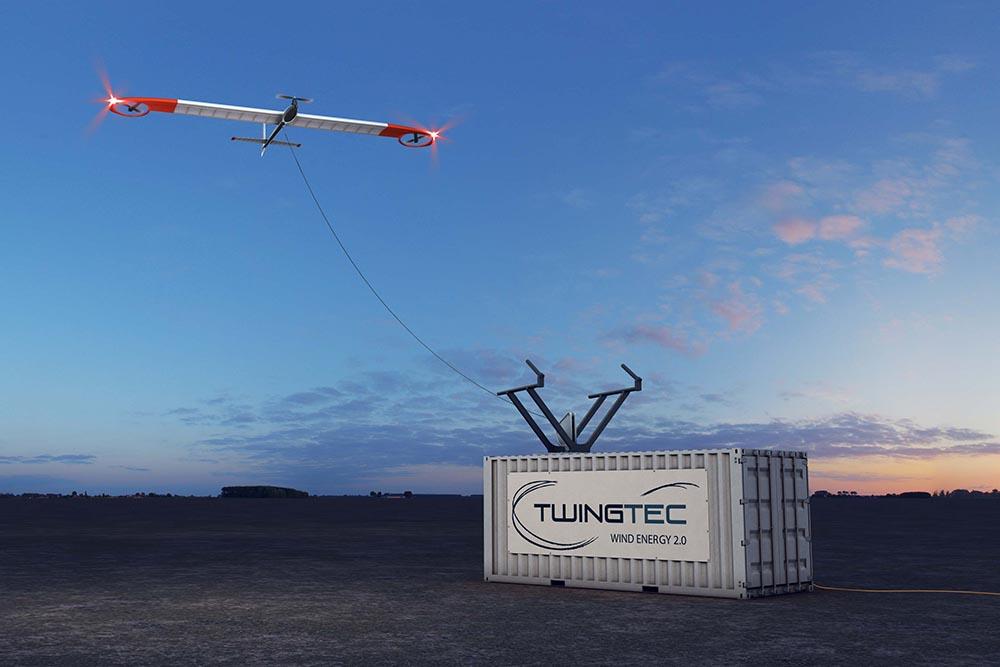
Switzerland’s Twingtec project has designed a high-altitude solution to harvest wind power in places where normal wind turbines can’t be built. It has an ambitious goal: to revolutionise wind farming using drones.
If you have ever been up the Eiffel tower, on the Empire State Building, or just on a mountaintop, you know that the higher you go, the stronger the wind blows. It’s no secret to builders of wind turbines, who have long been building ever-higher towers and ever-longer rotor blades to improve the efficiency of their devices.
“Wind turbines have shown their usefulness, but they do have limits,” says Rolf Luchsinger of Twingtec. “They can’t get up to where the wind is strongest and most constant. For technical reasons, the height of towers can’t be extended ad infinitum. And construction of wind farms on mountains is made that much more difficult by the high costs – and by the attitude of those who consider them a blight on the landscape.”
There is a whole high-altitude world up there which the Zurich Polytechnic (ETH) graduate aims to exploit using a highly innovative approach amounting to “a new kind of wind power,” as he puts it.
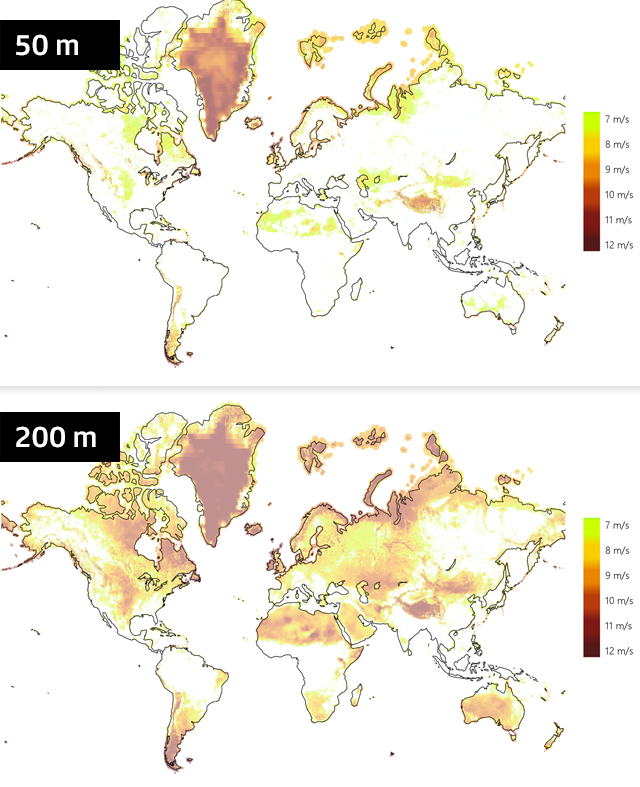
Wind at high altitudes
An expert on ultralight materials, Luchsinger is co-founder and CEO of TwingtecExternal link, a spin-off of the Swiss Federal Laboratories for Materials Science and Technology (Empa) and the Technical College of Northwest Switzerland. The project was launched in 2013.
Twingtec’s system seems simple: a small aircraft is hooked up to an electricity generator and the aircraft, a drone, flies like a kite in a circular pattern. It is connected to the ground station by a tether (hence the name Twing, short for “tethered wing”). The fast upward flight speed of the drone pulls on its tether, which is unwound from a reel. This in turn causes the generator inside to produce electricity. Once it reaches its highest altitude, or the full length of its tether, the aircraft begins its descent, and the tether is reeled in again before another cycle begins.
The idea of producing wind power with kites was already presented more than 30 years ago in a publication from 1980, as Luchsinger recalls. But at that point the technology was lacking. “The idea made a comeback about ten years ago, along with the development of large manoeuvrable kites for kitesurfing.”
In fact, Twingtec was inspired by a conversation between the physicist and a kitesurfing fan at the Technical College of Northwest Switzerland. After four years of research and development, the start-up had transformed the traditional kite into an ultralight drone, automated and fitted with modern satellite equipment.
The prototype has a wing span of about three metres and weighs six kilos (or 13 pounds) and flies at an altitude ranging between 100 and 300 metres, or between 328 and 984 feet.
“It can take off and land by itself, depending on wind conditions,” its inventor explains.
For the scientists, the biggest problem was integrating the full range of functionalities and flight modalities into one small craft. They were able to draw ideas from the emerging markets of civilian drones and electric cars, says Lichsinger.
Wind instead of diesel
Twingtec’s approach doesn’t just exploit the power of wind at high altitudes; there’s more to it than that. Lichsinger points out that his technology uses ten times less material than traditional wind turbines, can be moved around easily and is not a permanent fixture in the landscape.
“We can take it to some remote area, say in the case of a natural disaster. But most of all, it can go to places the electrical grid doesn’t reach and where generators burning fossil fuels have to be used, like isolated settlements.”
The team will test a pilot project at a Canadian mining site next year. The second phase will see the development of a more powerful plant yielding 100 kW (enough to power about 80 homes). According to the Twingtec CEO, a 100 kW station means savings of 100,000 litres of diesel and 240 tonnes of CO2 per year. A diesel generator costs 30-50 cents per kWh to run, while Lichsinger predicts his technology will cost about 5-10 cents per kWh.
Drones over the Swiss Alps?
In Switzerland, wind energy currently covers only a tiny amount (0.2%) of the country’s electricity needs. Following Swiss voters’ approval this year of the Energy Strategy 2050, which involves a phase-out of nuclear power, the federal government will have to step up production from renewable sources, including wind. Could the Twingtec project be part of the solution?
“I doubt if we will see our drones flying over every house or neighbourhood in the country”, Luchsinger admits. “Financially it would not be worth it, apart from the limitations on flying over built-up areas.”
Andrew Canning, spokesman for WindEuropeExternal link, the association for wind energy in Europe, places Twingtec firmly in a category of niche power technologies that “are not able to help countries to bring their power emissions to a halt and significantly reduce them” because of high costs and a lack of large-scale testing.
But Luchsinger thinks the system could prove useful up in the Alps, where there are good wind conditions but where it is hard to put up wind turbines. It might be useful for powering ski lifts or cable cars for Alpine hotels.”
Wind farms out to sea
The Twingtec team is not the only group working on state-of-the-art kites. There are at least ten other start-ups and companies doing similar projects around the world. According to a recent articleExternal link published on the technology site Cleantechnica, among the most advanced are the American company MakaniExternal link, owned by Google, and the Dutch group Ampyx. The Italian group KiteGen Research, which opened a production facility this year for the special wings it uses, is also one of the most promising, notes Cleantechnica.
“They are all following the same idea of the kite, but developing objects of different sorts. We are the first to use a drone,” Luchsinger explains. His innovation was recognised at this year’s international exhibition in Astana, where Twingtec was selected as one of the 30 best start-ups in the world out of 780 participants from 55 countries – and the only Swiss one – in the #NEWENERGYExternal link contest for alternative energy ideas.
“To bring wind power where wind turbines can’t reach: that is a real revolution,” says Luchsinger, who has big plans for the future of his technology. “I can imagine offshore wind farms. Big coastal cities could have their wind power plants out at sea.”
Contact the author on Twitter: @LuigiJorioExternal link

In compliance with the JTI standards
More: SWI swissinfo.ch certified by the Journalism Trust Initiative

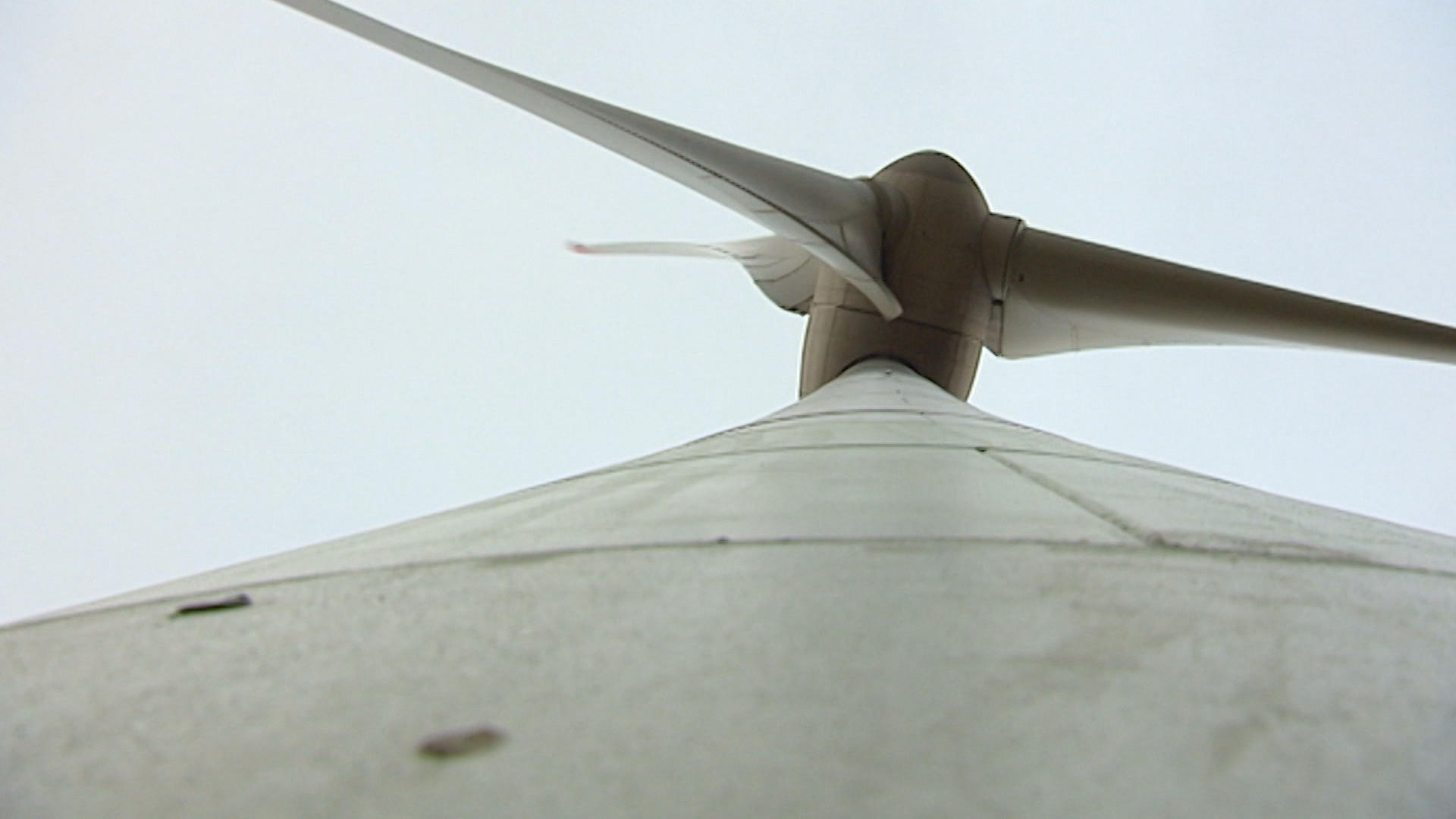
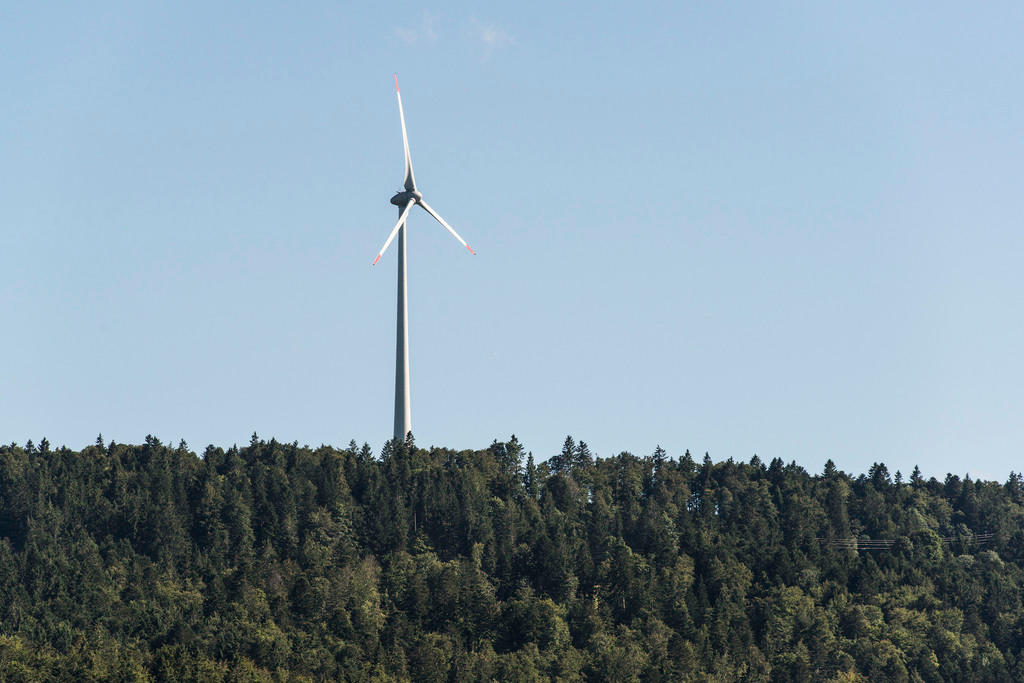
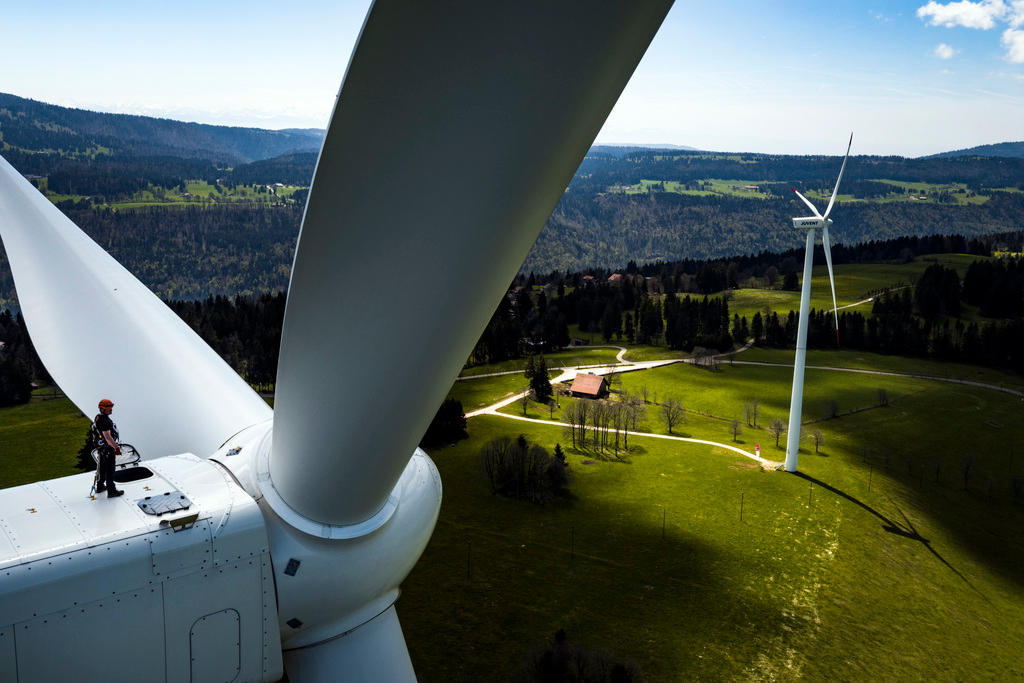
You can find an overview of ongoing debates with our journalists here. Please join us!
If you want to start a conversation about a topic raised in this article or want to report factual errors, email us at english@swissinfo.ch.